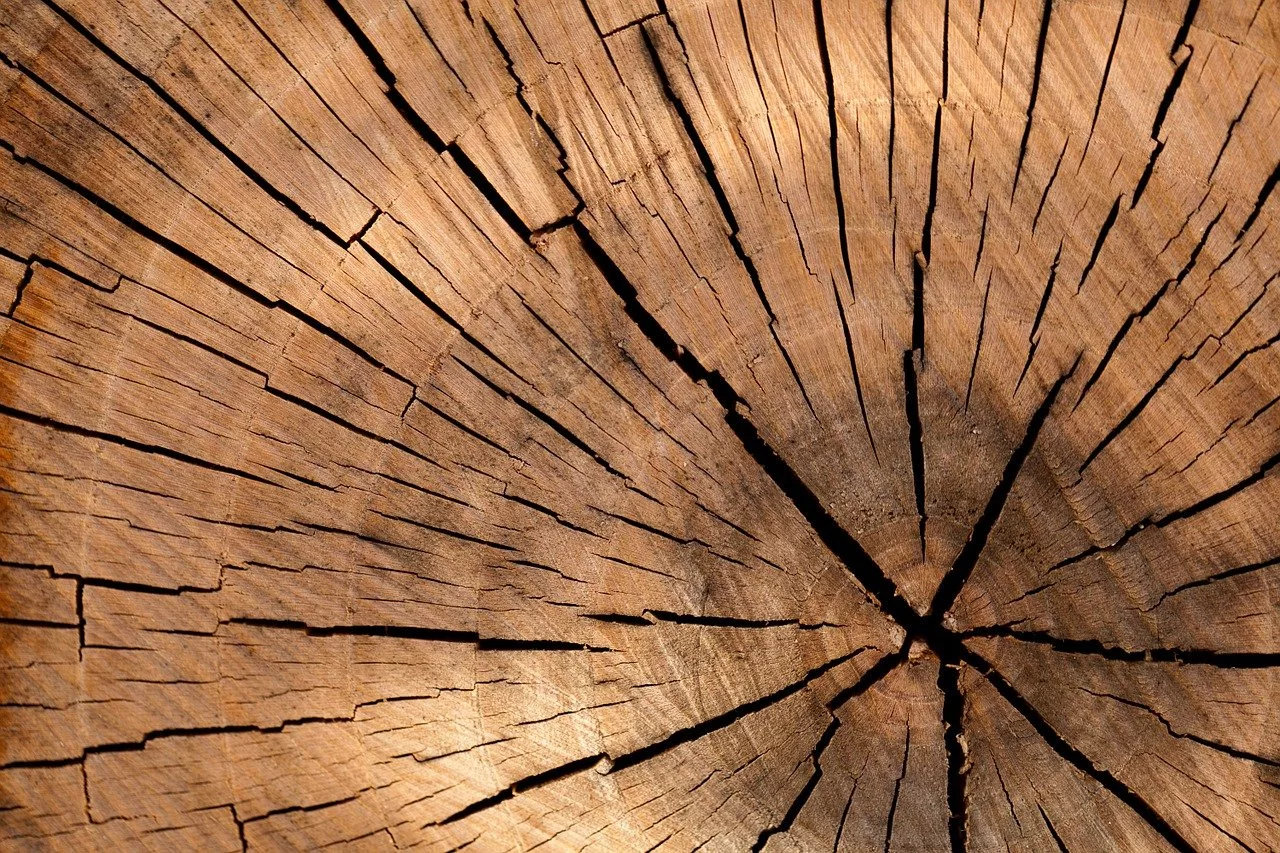Sign up for our newsletter!
Your data will be handled in compliance with our privacy policy.
Your data will be handled in compliance with our privacy policy.

Research paper in the proceedings of Annual World Conference on Carbon (Carbon 2014): Carbon Materials for Ubiquitous and Sustainable Life, Jeju, Korea, 27 June–4 July, 2014.
V Kuzmenko, A M Saleem, O Naboka, H Staaf, G Göransson, M Haque, V Desmaris, P Gatenholm, P Enoksson • June 29, 2014
Carbon nanofibers (CNF) with well interconnected pores, mechanical and electrochemical stability are prospective electrode materials for various energy devices.They sustain a substantial uptake of electrolyte solution and enable high ion conductivity; their freestanding nature allows using them without polymeric binder.CNF are particularlysuitable for supercapacitors with high power density and long life-cycle performance that can be applied in sustainable electricvehicles. As a demand on carbon nanostructures continues to grow, renewable resources should be accounted as an alternative to the currently most used CNF precursors: coal tar pitch and synthetic polymers. The biopolymer cellulose is a vast source for the synthesis of CNF. However, the main drawbacks of the CNF material are its relatively low specific surface area and electrical conductivity, which leads to low values of specific capacitance. In this work, cellulose-based CNF with high mechanical strength and electrochemical stability were nitrogen-doped and functionalized with carbon nanotubes (CNT) via two different methods in order to get enhanced electrode materials for supercapacitors.
Your data will be handled in compliance with our privacy policy.